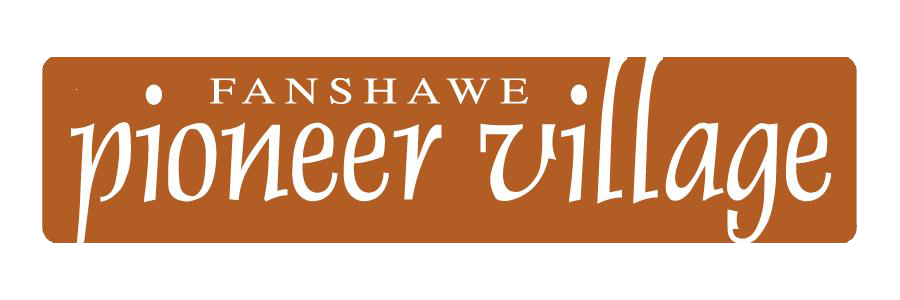Denfield General Store
Original Building
Denfield, Ontario
Middlesex County
Circa 1877
J.T. Dinsmore built the Denfield General Store in a community originally known as “Brecon.” The name of the village was later changed to “Denfield” as a town with a similar name already existed. Dinsmore built his store using a more modern balloon frame construction method and covered it with standardized pre-cut boards. The shop features large windows to provide light and to showcase merchandise. An overhanging balcony was built to shelter goods as they were transferred to and from wagons on the street. After the Second World War, competition from London stores put the merchandising side of Denfield out of business; however, the post office remained until 1952.
Sam Freeborn was the proprietor of the Denfield General Store and Post Office for nearly forty years (1913-1952). In his early years as owner, he struck a deal with a travelling merchant for a carload of coal. Unfortunately, it turned out to be filled only partially with coal and almost completely with slate. When the loss was tallied, Sam decided to make the best of the situation and offered the slate for paving the streets of Denfield. Pieces of it could still be found on Denfield streets well into the 1970s and likely still exist today for those who know where to look.
General stores were the lifeblood of rural Canadian communities, and the Denfield General Store was no exception. Here, customers could purchase or order much-needed supplies. In addition to selling clothing, food, household goods, and personal items that could not be locally sourced, general stores often housed a coal yard. With increased competition from mail-order catalogues and urban businesses, such as London’s Kingsmill’s (1865-2014) and Smallman and Ingram (1877-1944) department stores, shopkeepers looked for ways to stay relevant. In the 1900s modern conveniences such as electricity, telephones, and even gas pumps were added. Many provided financial services or credit if a bank was not locally available, and acted as the village’s communications hub, where customers shared news, collected their mail or used the store’s telephone.
Kingsmills Store
In 1865, Thomas Frazer Kingsmill, an Irish immigrant, opened a dry goods store on Dundas Street in London. From the same location over the next 148 years Kingsmill’s grew from an 1,800 square foot dry goods store to a 73,000 square foot department store. At its height, Kingsmill’s employed over 200 people, including staff milliners, upholsterers, and seamstresses. It was one of the last family owned and operated department stores in Canada, and featured a pneumatic tube system for paperwork and an old-style elevator with a human operator. Kingsmill’s closed in 2014.
Building restoration supported by McCormick Canada.










